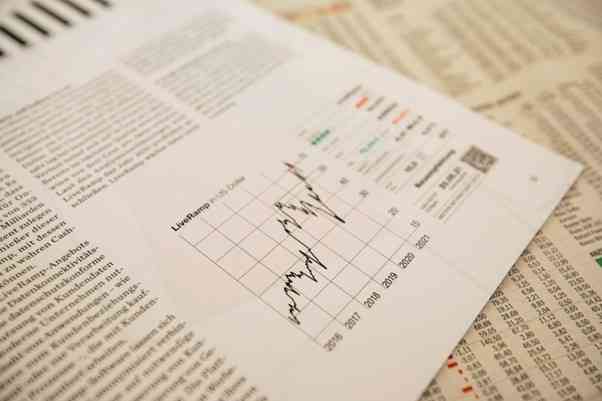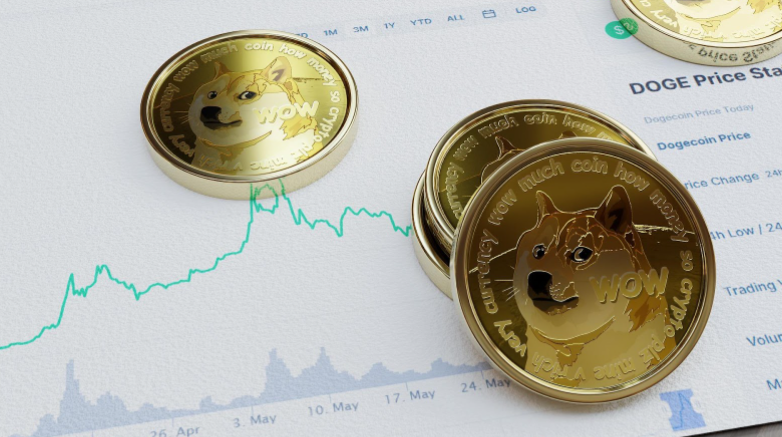
The term "bull market" evokes images of bustling stock exchanges, soaring asset prices, and elated investors. Often seen as an economic gold rush, a bull market emerges when there's a sustained uptrend in market prices, usually by 20% or more from recent lows. Such a trend, driven by a combination of strong economic data and widespread optimism among investors, has historically reshaped fortunes. But as we stand today, the question looms large: Are we at the precipice of another bull market? Dow jones predictions help us delve deeper.
The Current Economic LandscapeNavigating the intricate labyrinth of the global economy reveals multifaceted dynamics at play. In recent times, the economic landscape has exhibited both turbulence and tenacity.
Central banks across the globe have adopted accommodating monetary policies, injecting liquidity into the markets, which, in many ways, have provided a safety net against economic downturns.
Furthermore, as we emerge from the throes of the pandemic, many economies, especially the developed ones, have displayed remarkable resilience, bouncing back with a vigor fueled by consumer spending and business investments.
In addition, the digital transformation wave, spurred by the pandemic, has opened up avenues for sectors that were once considered peripheral, reshaping the economic fabric.
Historical PrecedentsPeeling back the layers of history reveals intriguing insights into the ebb and flow of markets. While bull markets of the past had their unique genesis, some patterns emerge. The roaring '20s, for instance, were marked by post-war optimism and industrial growth.
The late '90s had technology and the internet revolution at its heart. Post-2008, aggressive monetary policies and a revitalized corporate sector spurred growth. Each bull phase was a confluence of various factors – from technological disruptions and geopolitical stabilities to economic policies.
Recognizing these patterns doesn't guarantee future predictions but equips us with a lens to view the present more discerningly.
- Owning Twitter has been quite painful: Musk
- Is Africa ready to join the IoT revolution?
- Zim poetry off to the moon
- Is there a bull market coming?
Keep Reading
To anticipate market movements, a mix of technical, fundamental, and sentiment indicators come into play:
- Technical indicators: A persistent pattern where higher highs and higher lows are formed points towards a bullish trend. Furthermore, when broad market indices stay consistently above their 200-day moving averages, it's often seen as a bullish sign. Volume analysis, where increased trading volumes accompany rising prices, further solidifies the bullish hypothesis.
- Fundamental indicators: At the macro level, indicators like low inflation, decreasing government debt, and favorable trade balances can foreshadow a bullish phase. At a micro level, when companies, en masse, start reporting increasing profits, expanding market shares, and venturing into new sectors, it's a sign that the corporate world is booming.
- Sentiment indicators: Market sentiment, often an underappreciated facet, plays a crucial role. When institutional investors, hedge funds, and retail investors alike start entering the market with heightened enthusiasm, it can create a self-fulfilling prophecy of sorts, driving prices up.
Beyond the standard metrics, there are overarching themes and catalysts that might shape the future:
- Emerging markets: Nations like Vietnam, Indonesia, and parts of Sub-Saharan Africa are not just growing; they're evolving, embracing technology, and reforming policies to make business operations smoother. Their burgeoning middle class, with increased purchasing power, is a goldmine for consumer-focused businesses.
- Technological innovations: The Fourth Industrial Revolution, marked by developments in quantum computing, blockchain, and the Internet of Things (IoT), is set to redefine industries. Companies at the forefront of these innovations might not only drive the markets but reshape them.
- Policy changes: Infrastructure development plans, clean energy pushes, and digital economy drives by major governments can act as significant catalysts. Notably, international collaborations on trade and tech could foster a conducive environment for a global bull run.
Anticipating a bull market is not without its challenges, and prudence demands acknowledging potential pitfalls:
- Economic Shocks: Global economies remain vulnerable to unforeseen events, be it natural calamities, pandemics, or political unrest. Such events can derail growth trajectories and cause markets to plummet.
- Rising Inflation: An unchecked rise in inflation can erode purchasing power, dampening consumer and business sentiments. It can also prompt central banks to tighten monetary policies, potentially restricting liquidity and raising borrowing costs.
- Geopolitical Tensions: Disputes between major economies, be it trade wars or territorial disagreements, can stymie global economic growth and deter investors.
- Asset Bubbles: Over-optimism can lead to inflated asset prices, devoid of fundamental backing. Such bubbles, when burst, can drag down entire market sectors, if not the whole market.
In the expansive canvas of a potential bull market, certain sectors might emerge brighter than others:
- Fintech: As digital transactions soar and blockchain technologies mature, the financial sector is ripe for disruption. From digital banks to decentralized finance platforms, the fintech space is burgeoning.
- AgriTech: With the global population booming, efficient and sustainable agricultural practices are paramount. Innovations in this space, driven by AI and IoT, could usher in a new green revolution.
- Space Exploration: As private enterprises like SpaceX and Blue Origin advance, the commercial space industry might not just be about tourism; it could open avenues for resource exploration and even habitation.
With potential winds of change, investors need to calibrate their compass:
- Risk Management: It's paramount to ascertain one's risk tolerance and invest accordingly. Setting stop-loss orders can prevent significant losses during unexpected downturns.
- Continuous Learning: In an ever-evolving market, staying updated on global events, sectoral trends, and company performances can provide an edge.
- Seek Expertise: Consulting financial advisors or analysts can offer tailored investment strategies. They can provide insights that might be overlooked in individual research.
The choreography of the financial markets is complex, with multiple actors and factors interplaying. The signs, historical patterns, and current global stance do hint at the dawn of a bull market. However, the world of investments is laden with uncertainties.
Investors must tread with a blend of optimism and caution, armed with knowledge and a willingness to adapt. As we stand at this juncture, the financial horizon seems promising, but it's always wise to be prepared for any twist in the tale.










